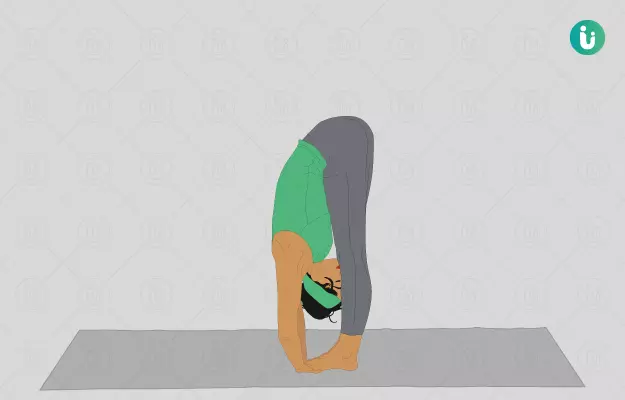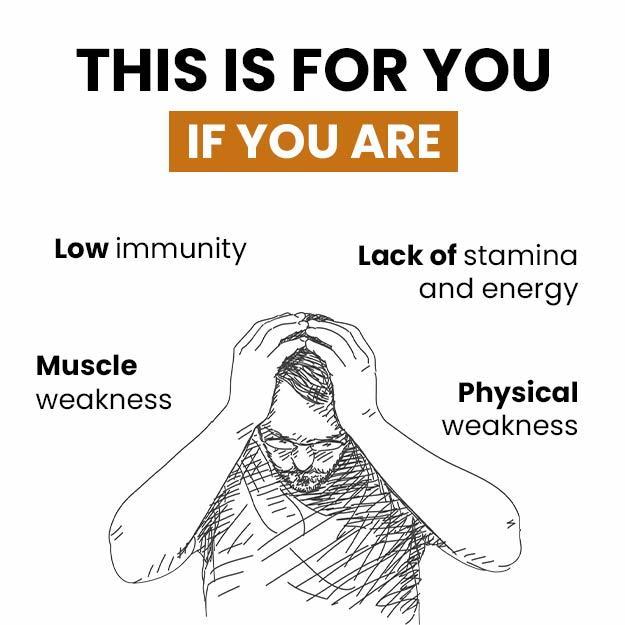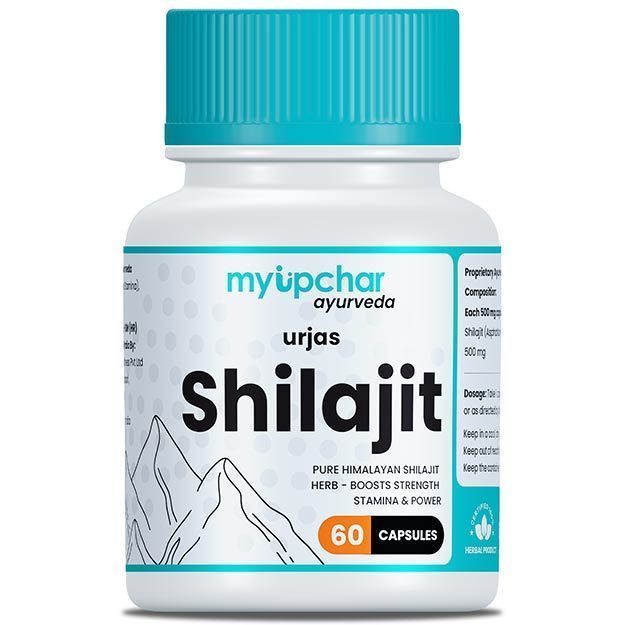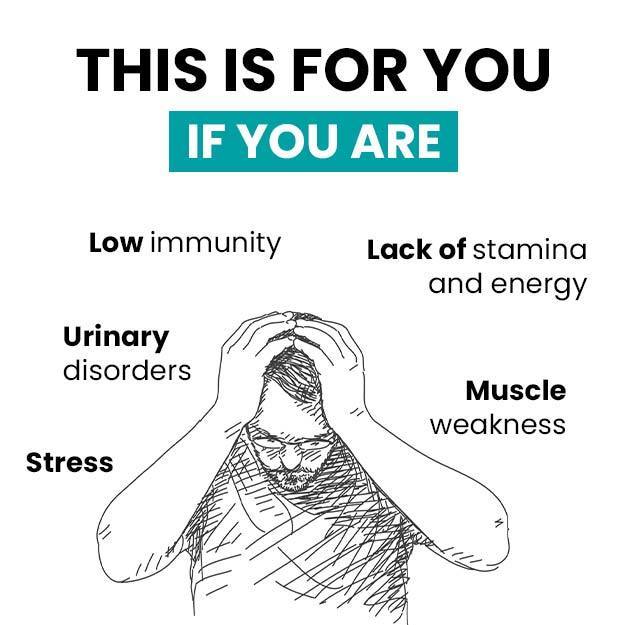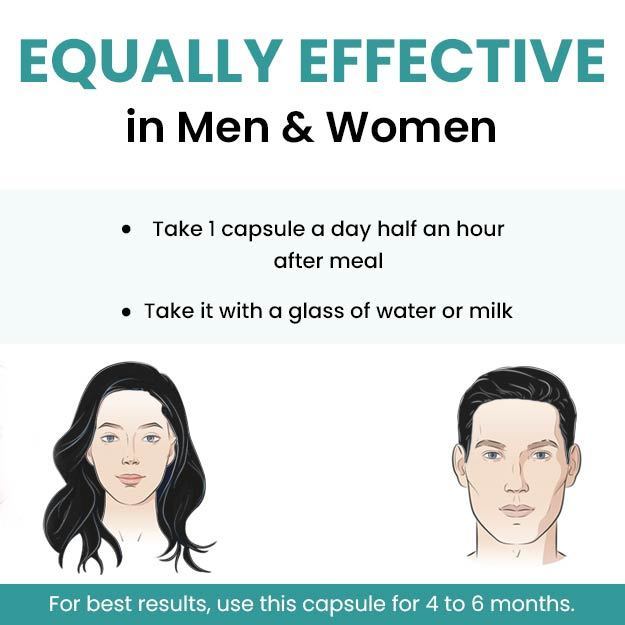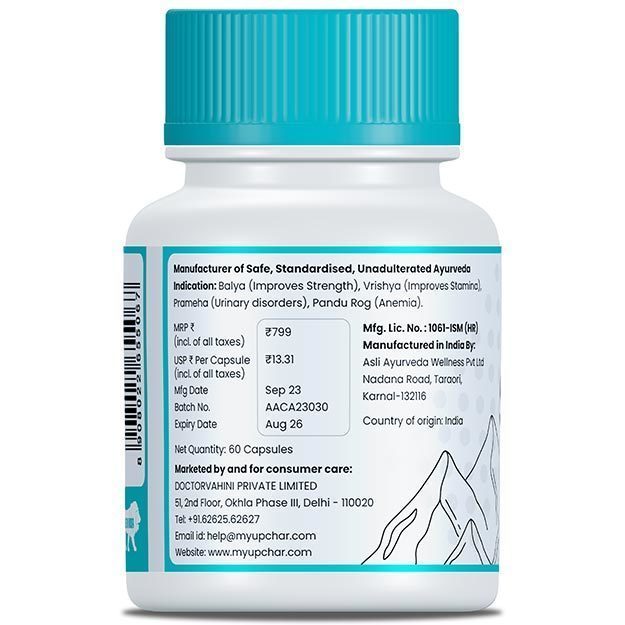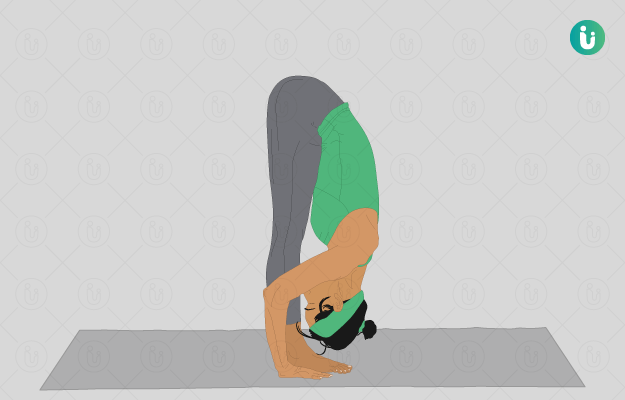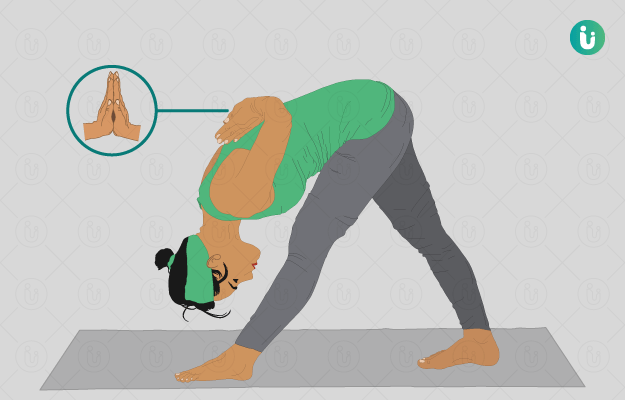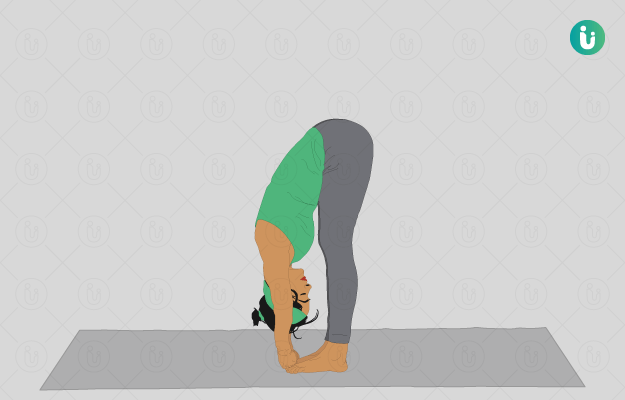The name of Padahastasana is made up of two words: Pad, and Hasta. Pad means feet, and Hasta means hands. By doing this asana, heart related diseases are eliminated and health remains good. This article describes the method of doing Padahastasana and its benefits. It is also told what precautions should be taken while doing the asana. A video has also been shared at the end of the article.
(Read more - Hatha Yoga: Discover the Benefits)
- Benefits of Padahastasana
- Asana Before Doing Padahastasana
- How To Do Padahastasana?
- How To Do Padahastasana
- Precautions For Padahastasana
- Asanas After Doing Padahastasana
- Summary
Benefits of Padahastasana
- Padahastasana has many benefits. It looks like a simple asana but it affects many parts of your body.
- Calms the brain and helps in relieving stress and mild depression.
- Helps in better functioning of the liver and kidneys.
- Provides essential stretch in hamstrings, calves, and hips.
- Strengthens thighs.
- Improves digestion.
- Helps reduce symptoms of menopause.
- Reduces fatigue and anxiety.
- Relieves headaches and insomnia.
- Therapeutic for asthma, high blood pressure, infertility, osteoporosis, and sinus.
(Read more – Yoga to Cleanse Stomach)
Asana Before Doing Padahastasana
Do this asana before doing Padahastasana. This will prepare your hamstrings, calves, and hips properly for Padahastasana.
- Suryanamaskar (Surya Namaskar) – 3-5 time
- Adho Mukha Svanasana or Downward Facing Dog
- Uttanasana or Standing Forward Bend
- Padangusthasana or Big Toe Pose
(Read more – Yoga for hip flexors)
How To Do Padahastasana?
We are giving the method of doing Padahastasana in detail here, read it carefully.
- Stand straight and keep your hands on the sides of your body. Exhale and bend from the hip joints – remember not to bend from the waist joints. Exhale while bending down.
- Remember that like all forward bending asanas, the aim in Padahastasana is to lengthen the torso.
- Bend down and press your hands under your feet. The fingers should be completely under the feet. Then inhale while lifting the head and torso up (see picture below).
- After inhaling fully, exhale while bending the head and torso down. Bring the torso as close to the legs as possible (see picture below).
- Do not hold the breath at all while in the asana. When you inhale, lift the torso a little and try to lengthen it. When you exhale, try to bend forward more deeply.
- Inhale and exhale five times in total so that you can stay in the asana for 30 to 60 seconds. Gradually, as your body gains strength and flexibility, you can increase the time – do not do it for more than 90 seconds.
- Try to keep your back straight. Keep the legs straight.
- Let your head hang comfortably so that your neck muscles are not strained.
- Inhale while bringing the torso up. Make sure that you keep your back straight and come back up from your hip joints only.
(Read more - Yoga for mental health)
How To Do Padahastasana
If you want to increase the stretch in the back of the legs, you can do this variation of Padahastasana: In a forward bending position, raise the balls of your feet 1-2 inches above the ground. You can do this by placing a towel under your feet. To make Padahastasana easier, you can also bend your legs slightly at the knees. Only those who have very little stretch in their hamstrings should do this.
(Read more - What is rage yoga? Benefits)
Precautions For Padahastasana
If you have pain or injury in your back, do not do this Padahastasana. Alternatively, you can do Ardha-Padahastasana. Ardha-Padahastasana is done with bent knees. Do not exert yourself beyond your physical capacity. If the back pain increases, stop immediately, do not do Padahastasana and consult a doctor.
Asanas After Doing Padahastasana
- Utthita Trikonasana (Utthita Trikonasana or Extended Triangle Pose)
- Parivrtta Trikonasana (Parivrtta Trikonasana or Revolved Triangle Pose)
- Utthita Parsvakonasana (Utthita Parsvakonasana or Extended Triangle Pose)
- Prasarita Padottanasana (Prasarita Padottanasana or Wide-Legged Forward Bend)
(Read more - Yoga for Heart Patients)
Summary
Padahastasana is an important yogasana that makes the body flexible and strong. To do this, first stand straight and take a deep breath and then slowly exhale and bend from the waist, taking the hands towards the feet. Try to touch the feet or the ground with the hands, try to bring the head closer to the knees. Stay in this position for a few seconds and then come back to the normal posture. This asana has many benefits. Doing Padahastasana makes the spine flexible, stretches the waist and abdominal muscles, which improves blood circulation. It strengthens the digestive system and helps in relieving problems like gas or constipation. Apart from this, it reduces stress and anxiety, and improves balance and coordination in the body.

